Rising Demand in Automotive Sector
The Magnetometer Market is experiencing a notable surge in demand from the automotive sector. As vehicles increasingly incorporate advanced navigation and safety systems, the need for precise magnetic field measurements becomes paramount. Magnetometers are integral to applications such as electronic stability control and advanced driver-assistance systems (ADAS). According to recent data, the automotive segment is projected to account for a substantial share of the magnetometer market, with a compound annual growth rate (CAGR) of approximately 8% over the next five years. This growth is driven by the ongoing trend towards automation and electrification in vehicles, which necessitates the integration of sophisticated sensor technologies. Consequently, manufacturers are likely to invest in innovative magnetometer solutions to meet the evolving requirements of the automotive industry.
Expansion in Geophysical Exploration
The Magnetometer Market is significantly influenced by the expansion of geophysical exploration activities. As industries such as oil and gas, mining, and environmental studies continue to grow, the demand for magnetometers to conduct subsurface investigations is increasing. These instruments are essential for identifying mineral deposits and assessing geological formations. Recent statistics indicate that the geophysical exploration sector is expected to grow at a CAGR of around 6% in the coming years, driven by the need for sustainable resource management and exploration efficiency. Magnetometers provide critical data that aids in the decision-making process for resource extraction, thereby enhancing operational efficiency. This trend suggests that the magnetometer market will likely see increased investments in research and development to improve the accuracy and functionality of these devices.
Growing Interest in Archaeological Surveys
The Magnetometer Market is benefiting from a growing interest in archaeological surveys and historical site investigations. Magnetometers are increasingly utilized in non-invasive archaeological methods to detect and map subsurface features without excavation. This trend is gaining traction among researchers and archaeologists who seek to preserve historical sites while conducting thorough investigations. Recent studies indicate that the use of magnetometers in archaeology is expected to grow at a CAGR of approximately 5% over the next few years, as more institutions recognize the value of these tools in uncovering hidden artifacts and structures. The ability to provide detailed magnetic field data enhances the understanding of historical contexts, thereby driving demand for advanced magnetometer technologies in this niche market.
Increased Focus on Environmental Monitoring
The Magnetometer Market is increasingly influenced by the heightened focus on environmental monitoring and sustainability initiatives. As governments and organizations prioritize environmental protection, the demand for magnetometers in monitoring magnetic fields and detecting pollution sources is rising. These instruments play a crucial role in assessing the impact of human activities on the environment, particularly in areas such as mining, waste management, and urban development. Recent data suggests that the environmental monitoring sector is projected to grow at a CAGR of around 7% in the coming years, driven by regulatory requirements and public awareness. This trend indicates that the magnetometer market will likely see increased investments in developing advanced monitoring solutions that align with sustainability goals.
Technological Innovations in Sensor Technology
The Magnetometer Market is poised for growth due to ongoing technological innovations in sensor technology. Advances in microelectromechanical systems (MEMS) and quantum sensing are enhancing the performance and miniaturization of magnetometers. These innovations allow for higher sensitivity, reduced power consumption, and improved data accuracy, making magnetometers more appealing for various applications. The integration of artificial intelligence and machine learning algorithms into magnetometer systems is also emerging, enabling real-time data analysis and decision-making. As a result, the market is likely to witness a shift towards more sophisticated magnetometer solutions that cater to diverse sectors, including defense, healthcare, and consumer electronics. The potential for these advancements to revolutionize the magnetometer market cannot be understated, as they may lead to new applications and increased market penetration.

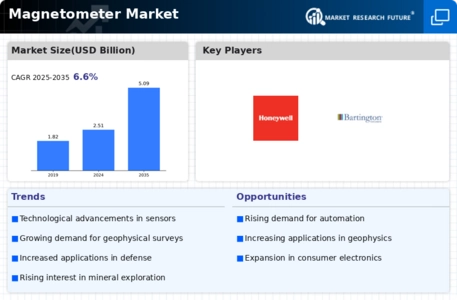
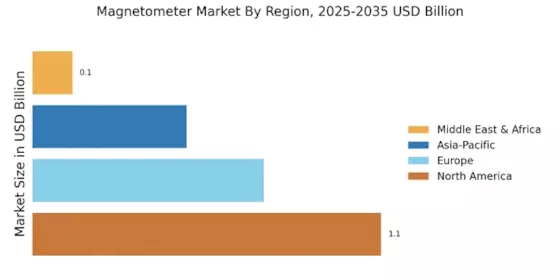
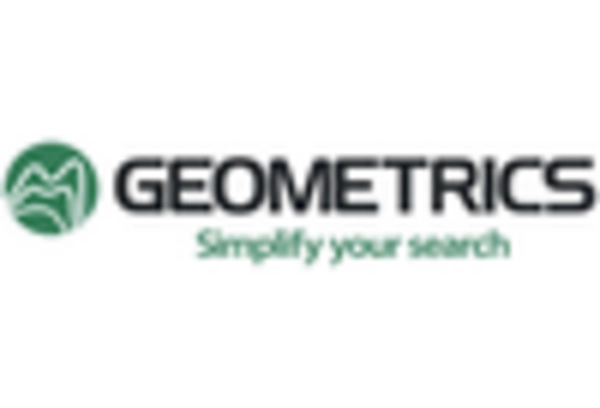


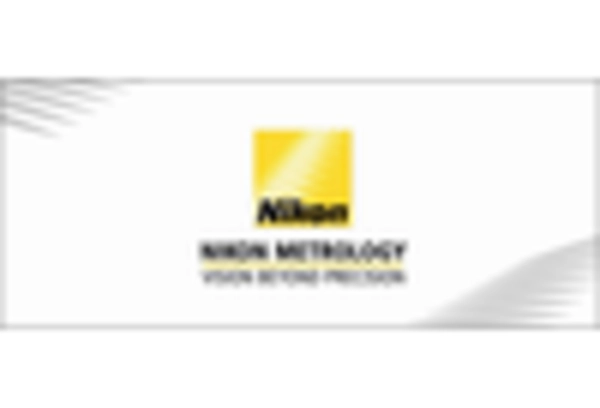
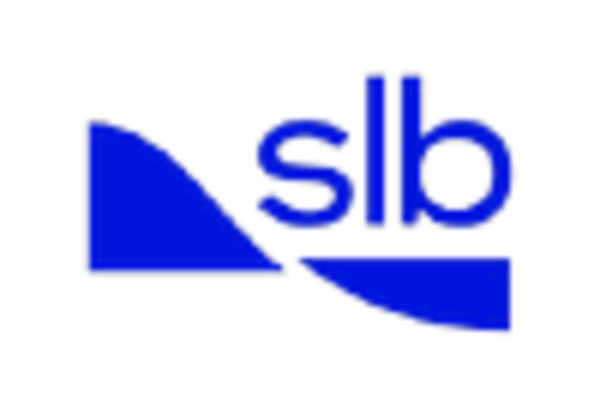
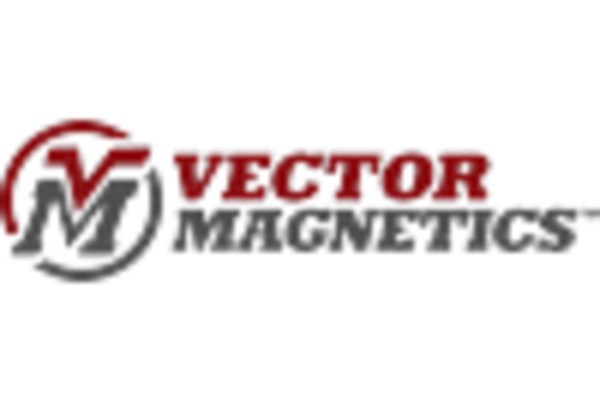








Leave a Comment